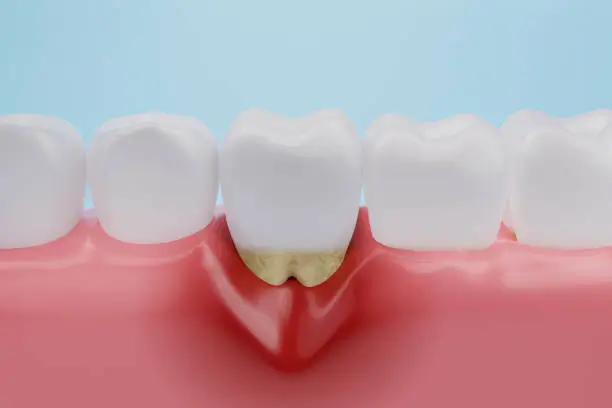Understanding Severe Gum Disease: A Silent Threat
Advanced Gum Disease
Gum disease is one of the most common yet underestimated oral health issues worldwide. It often begins subtly, with symptoms like minor bleeding during brushing or mild gum tenderness. However, if left untreated, it can progress into a severe form known as periodontitis, threatening not only your gums but also the bone that supports your teeth.
This advanced stage of gum disease requires more than simple cleanings or at-home care. It demands Advanced Gum Disease—a tailored combination of surgical and non-surgical therapies aimed at stopping the disease and restoring oral health read more.

What Makes Periodontal Disease So Dangerous?
Unlike cavities, gum disease doesn’t usually cause pain in its early stages. That’s what makes it so dangerous—it often goes unnoticed until serious damage has occurred. Severe gum infection can lead to tooth loss, jawbone deterioration, and even systemic health complications like increased risk of heart disease, diabetes, and pregnancy-related issues.
Once the infection reaches below the gumline and begins affecting the bone, simple scaling won’t be enough. That’s where specialized gum disease therapy becomes essential.
Deep Cleaning and Root Planing: The First Line of Defense
One of the initial advanced treatments for gum disease is Severe Gum Infection, often referred to as a deep cleaning. This non-surgical procedure removes plaque and tartar from beneath the gums and smooths out root surfaces to encourage reattachment of the gum tissue.
Though it’s a common procedure, it’s highly effective—especially when combined with antibiotics or antimicrobial rinses. Patients may require multiple sessions depending on the severity of the infection.
Laser Therapy in Periodontics: Precision Without Pain
Laser-assisted periodontal treatment has revolutionized how we manage gum disease. By using laser energy to target and destroy bacteria deep within the gum pockets, dentists can clean infected areas with less bleeding, swelling, and discomfort.
Laser therapy also promotes faster healing and minimizes the need for sutures. It’s especially useful for patients who are anxious about traditional surgical procedures or have medical conditions that complicate healing.

Flap Surgery and Bone Grafting for Advanced Cases
When deep pockets form between the teeth and gums, they become a reservoir for infection. In such cases, flap surgery is performed to lift the gums back, clean deep under the surface, and reposition the tissue tightly around the teeth.
In more aggressive cases where bone loss has occurred, bone grafting or guided tissue regeneration may be necessary. These techniques help rebuild lost bone and support the stability of the remaining teeth, preventing further deterioration.
Antibiotic Therapy and Localized Delivery
Topical or locally delivered antibiotics, like doxycycline gel or minocycline microspheres, are placed directly into periodontal pockets after scaling and root planing. These target severe gum infections without affecting the rest of the body, making them ideal for chronic cases or patients with antibiotic sensitivities.
Systemic antibiotics may also be prescribed in severe or widespread infections, but they’re usually a secondary approach.
The Role of Maintenance Therapy in Long-Term Results
After undergoing advanced gum disease, patients must stick to a strict maintenance routine. This typically involves deep cleanings every 3–4 months, ongoing oral hygiene at home, and regular monitoring for signs of recurrence.
Without consistent care, gum disease can return—even after successful treatment. That’s why long-term results depend on a partnership between patient and periodontist.

Who Is at Higher Risk of Advanced Gum Disease?
Some individuals are more susceptible to periodontal issues than others. High-risk groups include:
- Smokers
- Diabetics
- Pregnant women
- People with autoimmune disorders
- Patients with poor oral hygiene or irregular dental visits
These individuals should be screened regularly and may require more aggressive monitoring and early intervention discover more.
